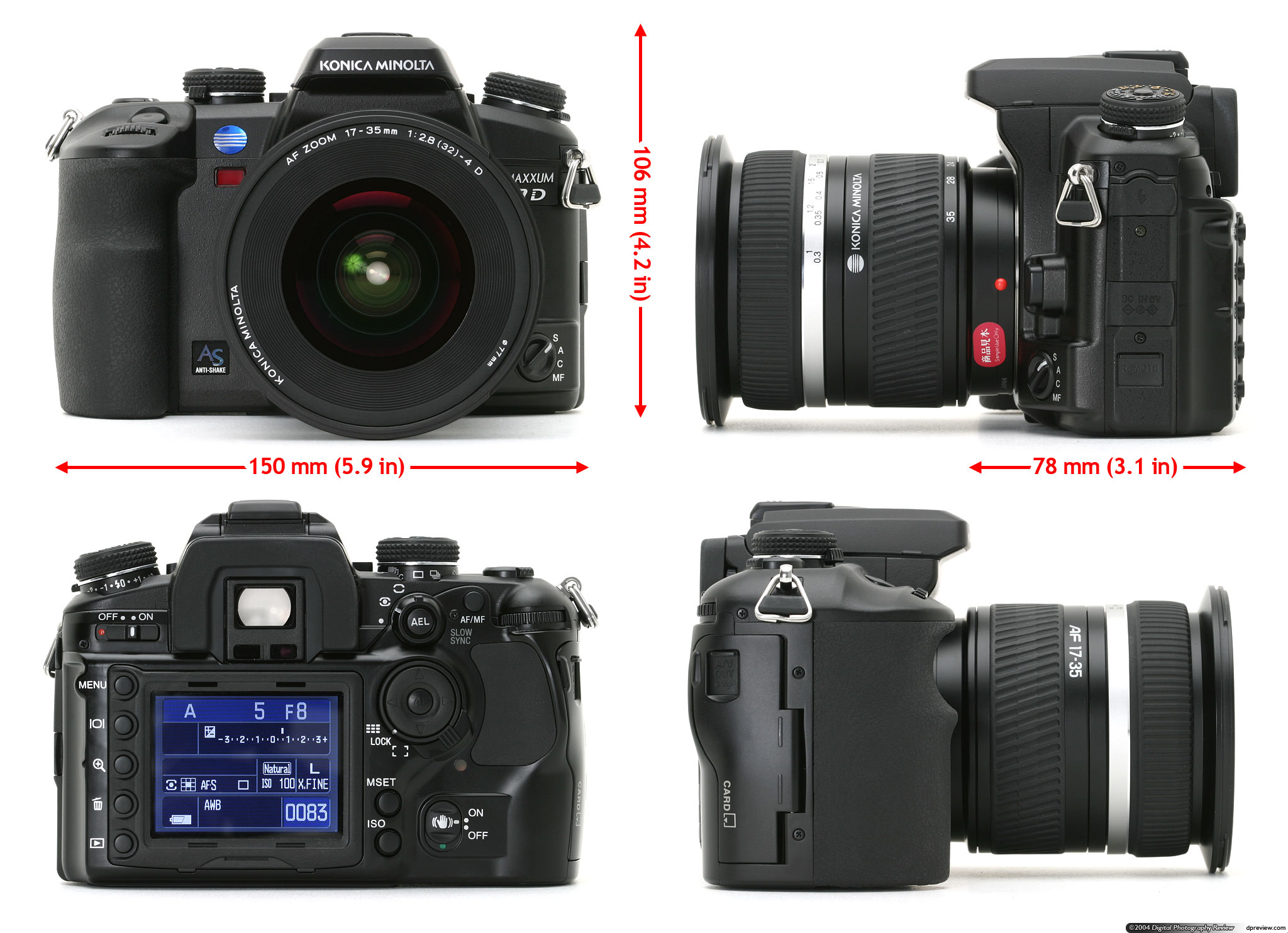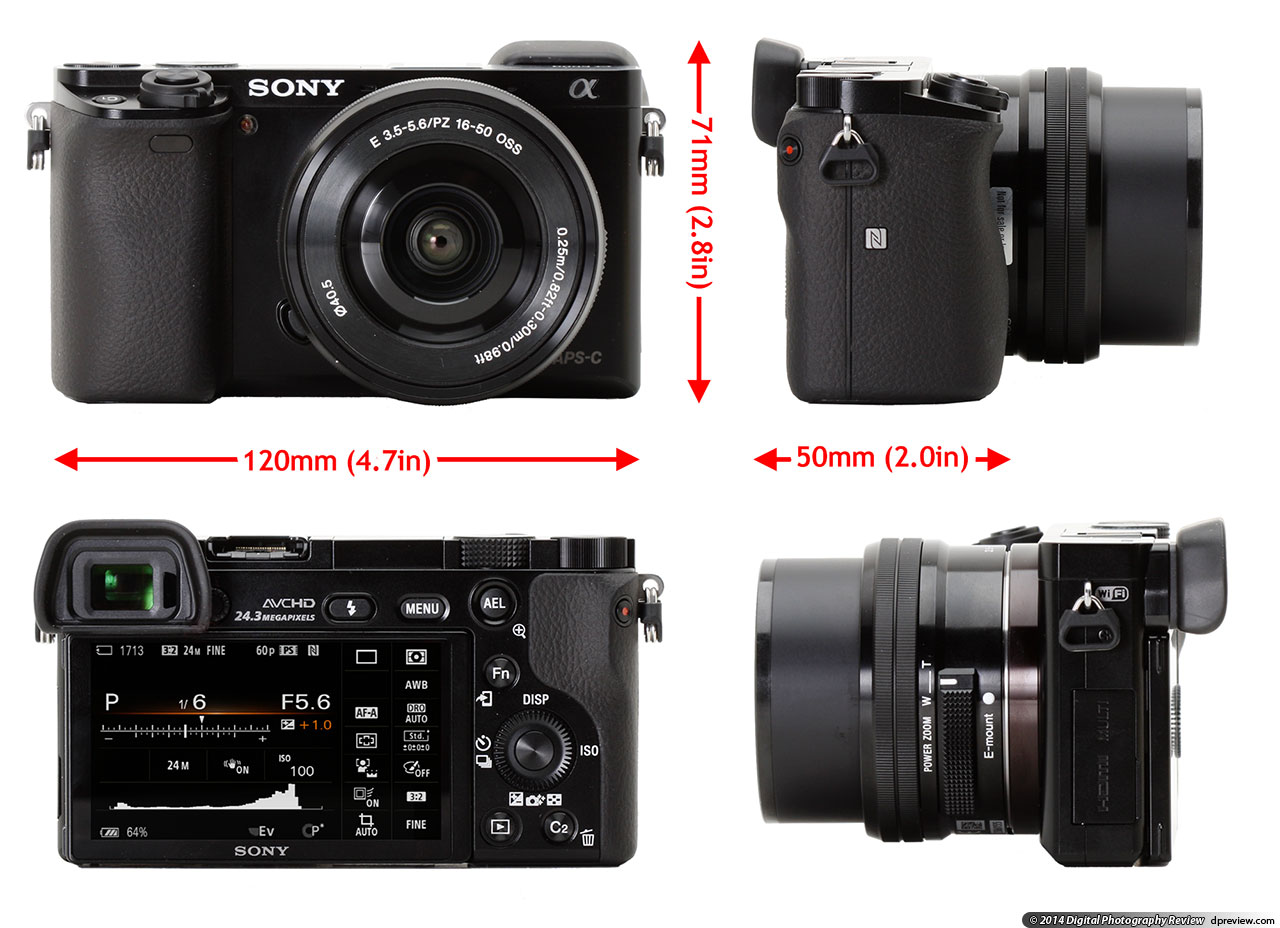Is there still a debate about JPEG vs raw? For the serious enthusiast, using your camera’s raw setting should be a no-brainer. Here’s why.
JPEG files are 8 bit and raw files are 14 bit (or more likely these days 16 bit). To keep the numbers manageable I will stay with 14 bit. Bits translate to tonal values, so an 8 bit file has 256 tonal steps from black to white while a 14 bit file has 16,348 steps.
This is important when manipulating images in Photoshop or Lightroom. For example if you are working on colour and luminance in a sky, or trying to bring out detail in the shadow areas of an image, you are working with a limited range of the total number of bits. With a JPEG you might be working with say one fifth of the total number, say 50 bits. So if you “push” those areas the sky will show unsightly bands or break up into blocks of colour. In the case of the raw file you will be working with more than 3,000 bits and the colour and tonal transitions will be seamless to the eye. Other compromises result from using JPEGs and these are shown in the table.
It is true that for some purposes there are advantages in using JPEG format but for anyone who wants to enhance an image in software with the aim of creating a large, quality print, those advantages are not relevant.
In the 4X enlarged example below the camera was set to shoot JPEG + raw at 1/1250, f4, ISO 100. Both images were processed the same in Lr by clicking on Auto in the Basic panel and using the White Balance colour picker on the white coffee sign.
The JPEG file did not have enough data (bits) to handle the “stretching” required and it broke up into ugly colour blotches. The raw file was able to handle the “stretch” and seamlessly revealed subtle tonal gradations in a very dark area of the image. (Not well reproduced here.)
Why is this? Well, as already explained, it has to do with the number of bits. More particularly, every digital imaging device makes a raw file, even cameras and old point and shoots that would only produce JPEGs. The camera has software built in that examines the raw file produced by the sensor, makes adjustments to brightness, contrast, colour, saturation, sharpness and goodness know what else, then spits out the JPEG.
The JPEG image is created from a subset of the raw data collected by the sensor. It deletes what it didn’t use and then compresses the file down to 8 bits. The result is that if you edit a JPEG your image editing program goes looking for extra data, can’t find it and the blocky artefacts are the result.
So, given that most of us spend as much money as we deem reasonable on a camera, the heart of which is the digital sensor, why would you then shoot JPEGs which chuck away 60-95% of the data gathered by that expensive miracle of a sensor?
The un-cropped images above show the final comparison between the straight out of camera JPEG and the processed raw file. This scene was chosen, not for its aesthetics, but for the extreme lighting conditions - a back-lit black van.







